More debt, higher fees: Credit card borrowers face mounting burdens

Grant Yaney and his wife paid down almost all of their credit card debt early in the pandemic, and finally felt like they were getting ahead financially.
But this year they’ve fallen behind again. To keep up with rising expenses these past six months, the Yaneys have opened two new credit cards – and maxed out both, with thousands of dollars in gas and groceries.
Now, with interest rates ticking up, they’re facing even higher costs on their ever-growing debt.
“We are trying to do the best we can to manage with what we have,” said Yaney, 49, a financial analyst for a hospital in Little Rock. “But I can’t stop feeding my family. I can’t stop paying utilities.
“So unfortunately things like credit cards may have to go past due – which means the late fees kick in and the interest doubles – and the next thing you know, we’re way behind and there’s no way to catch up.”
After a coronavirus-era reprieve, Americans are borrowing heavily again to keep up with decades-high inflation on essentials such as food, gas and housing.
Credit card debt is rising at its fastest clip in more than 20 years, according to the Federal Reserve Bank of New York.
Overall, Americans owe $887 billion on their credit cards, a 13% increase from a year ago.
Now, with the Fed rapidly raising interest rates to contain inflation, families are feeling the pinch of higher borrowing costs, too.
Average credit card rates, at 18.7%, are at their highest level in 30 years and will probably continue rising, according to Bankrate.
The result, for many, is a sense of snowballing despair as debt loads and interest rates spike at the same time.
“Credit card debt is risky in itself, and the people who are being pushed to take on more credit card debt as the economy slows are people who don’t have other good options,” said Christian Weller, a senior fellow at the Center for American Progress and public policy professor at the University of Massachusetts Boston.
“This creates a vicious cycle of financial insecurity, especially for households of color.”
Economists say there is little risk that a pileup of unpaid credit card balances could threaten the U.S. financial system.
But the squeeze on families – particularly those who had paid down debt using stimulus checks and pandemic-era savings – will likely be acute.
Debt loads are piling up just as the U.S. economy appears to be heading toward a recession.
There are mounting concerns that the Fed’s aggressive tightening, combined with global turmoil, could lead to a prolonged economic slowdown.
A number of worrisome economic wild cards also remain.
Widespread job losses, for example, could mean that even borrowers who have so far been able to keep up with monthly payments may quickly fall behind.
Experts say that could lead to spate of personal bankruptcy filings that could depress consumer spending and deepen a recession.
“The worry is what’s going to happen two years from now if people aren’t able to pay down this debt,” said Mary Eschelbach Hansen, an economics professor at American University.
“Bankruptcy filings were very low during the pandemic but there is a real concern that could change, which has the potential to be a really serious problem.”
In Indianapolis, Zachary Harmon has taken on more than $2,200 in credit card debt in the past year, mostly to cover basics, such as food and utility bills.
The 28-year-old, who receives $500 a month in disability checks and makes another few hundred dollars as a video game streamer, says it’s becoming increasingly difficult to keep up with expenses.
He recently gave up his $900-a-month apartment to move back in with his mother and is donating plasma at a local clinic to pay down his credit card debt.
“I was doing well, I was making ends meet, but inflation kept going up and up, and it kept getting harder and harder,” Harmon said. “You go to the grocery store now and it’s $3 for a loaf of bread. It just keeps stacking up.”
Americans paid off an unprecedented $83 billion of credit card debt in 2020, according to estimates from WalletHub.
Federal stimulus money, combined with a slowdown in spending – on gas, travel, dining out and goods – meant families suddenly had more cash to devote to long-standing debts.
But as the economy has reopened and inflation has surged to 40-year highs, Americans are borrowing more, for longer.
Nearly half of Americans with credit cards have outstanding debt on those cards, with an average balance of $5,270, according to data from CreditCards.com and TransUnion.
There are also signs that people are increasingly falling behind.
The share of borrowers who are least 30 days behind on their credit card payments has grown, to 4.8% from 4.4% a year ago, according to the New York Fed, although they are still well below historic levels.